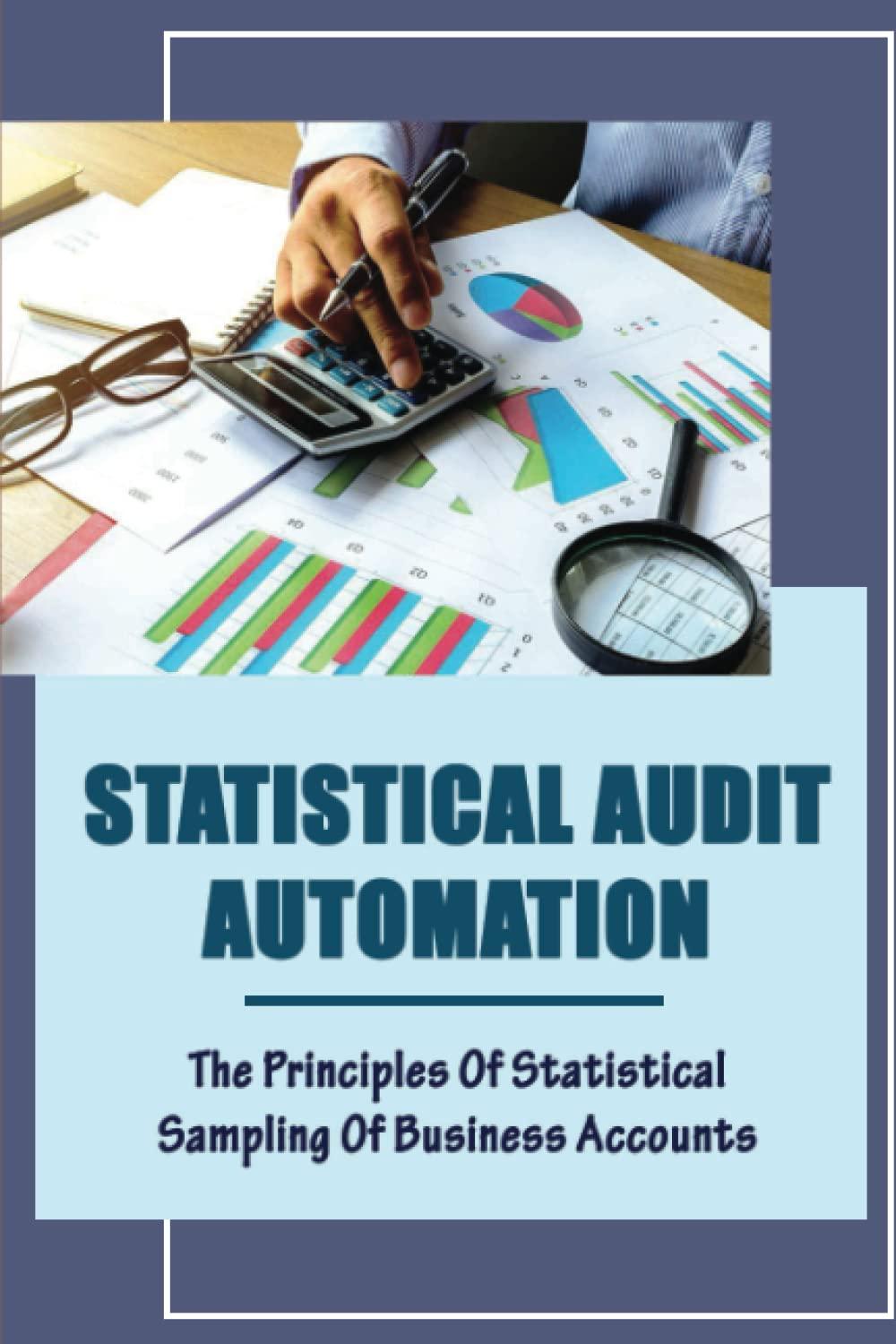Question
U.S. wars in Iraq and Afghanistan, political unrest in South America, growing U.S. antipathy in Iran, and civil wars in Africa have driven crude oil
U.S. wars in Iraq and Afghanistan, political unrest in South America, growing U.S. antipathy in Iran, and civil wars in Africa have driven crude oil prices up several times in the last several years. Although oil prices fell significantly in 2011, they are expected to rise again as the world economy recovers. Adding to the uncertainty, it is predicted that natural gas prices, which fell in concert with significant new gas field discoveries, will rise as more and more utilities switch from using coal or oil to natural gas. Suppose you are the manager of a public utility that supplies electricity to a significant portion of your geographic region. You preside over electrical generation facilities that can produce electricity using either natural gas or oil, or some combination of both. In the past several years, you have been faced with skyrocketing, then plummeting, natural gas prices, and now think you face the possibility of more of the same, coupled with the probability of similar volatility in oil prices. Having been trained in Managerial Economics, you are familiar with production functions, isoquant and isocost analysis, and other tools of microeconomics. How can you use these tools to decide the best path for your company to pursue? What are the pros and cons of using these tools? Provide specific examples of how to go about making the difficult decisions you must make in the near future as well as an overall blueprint of action. Comment
Step by Step Solution
There are 3 Steps involved in it
Step: 1

Get Instant Access to Expert-Tailored Solutions
See step-by-step solutions with expert insights and AI powered tools for academic success
Step: 2

Step: 3

Ace Your Homework with AI
Get the answers you need in no time with our AI-driven, step-by-step assistance
Get Started


